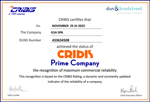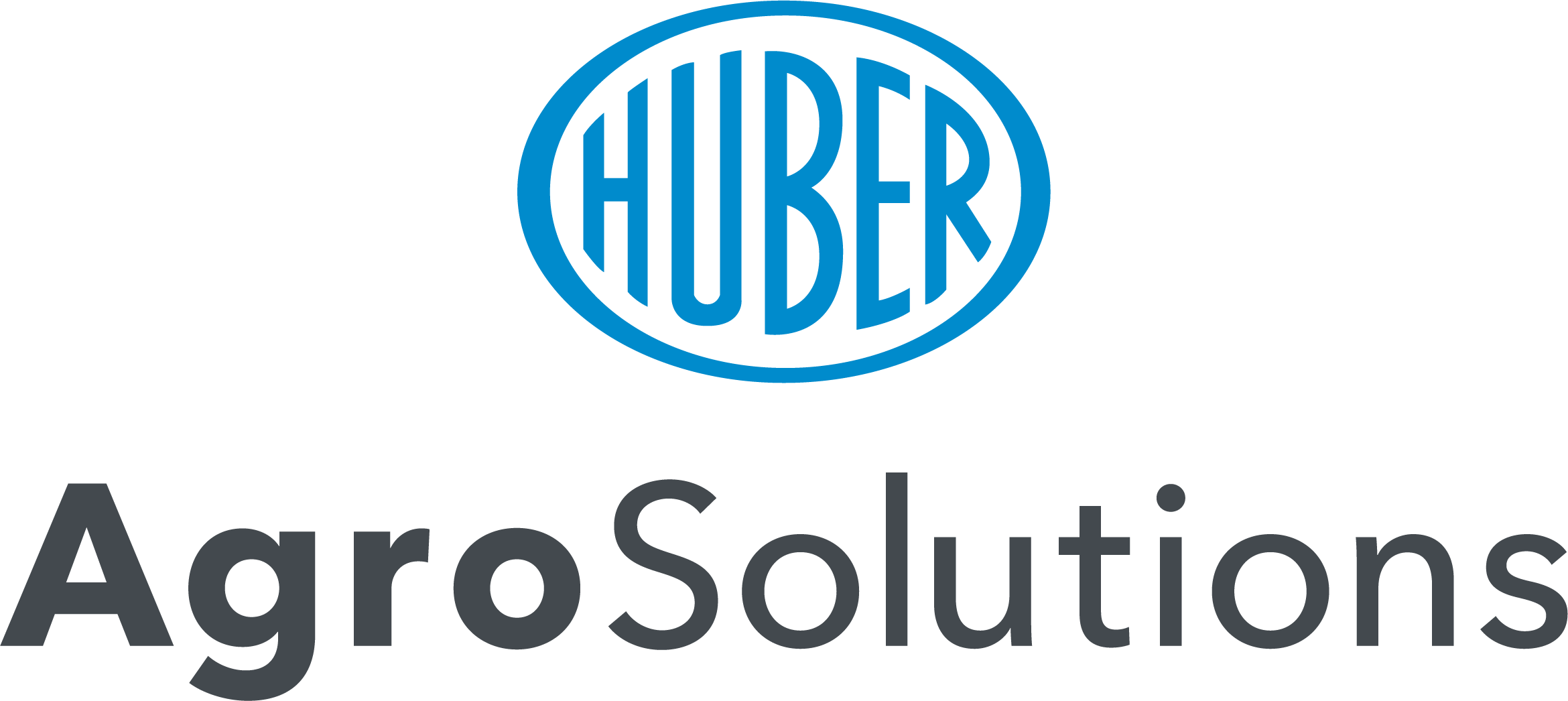SILIFORCE® is a fluid mixture of micro-elements containing silicic acid, molybdenum and zinc. The orthosilicic acid is totally bioavailable. This formulation allows elemental silicon to penetrate tissues and exert a remarkable biological activity.
- Improves nutrient assimilation and transfer into plants.
- Improves lymph circulation and stimulates the growth of the root system while reducing the evapotranspiration rate.
- Induces resistance to cryptogamic diseases and makes foliar surfaces inhospitable to parasites.
SILIFORCE® leads to producing fruits that are healthier, better in quality and more resistant to post-harvest operations.
IN ORTHOSILICIC ACID
The efficacy of SILIFORCE® is strictly dependent on the bioavailability of the orthosilicic acid contained in it.
It is necessary to follow the product use instructions found on the label
COMPOSITION
- Water soluble Molybdenum (Mo) 0,20 %
- Water-soluble Zinc (Zn) 1,8 %
Doses and methods of use of the fertilizer
-
Cereals
-
Durum Wheat500 cc/ha (every intervention)From stem elongation to bootingFoliar
-
Rice500 cc/ha (every intervention)Alone or in association with herbicides
Foliar/Fertigation
-
Soft Wheat500 cc/ha (every intervention)From stem elongation to bootingFoliar
-
-
Fruit
-
Kiwi250-300 cc/ha (every intervention)Every 10 to 15 days from pre-flowering to veraison
Foliar/Fertigation
-
-
GrapeVine
-
All250-300 cc/ha (every intervention)Every 10 to 15 days from pre-flowering to veraison
Foliar/Fertigation
-
-
Legumes and potatoes
-
Potato250-300 cc/ha (every intervention)2-4 applications every 8-10 days in full vegetative development
Foliar/Fertigation
-
String bean250-300 cc/ha (every intervention)2-4 applications every 8-10 days in full vegetative development
Foliar/Fertigation
-
-
Pome fruits
-
Apple250-300 cc/ha (every intervention)After fruit set every 15 days
Foliar/Fertigation
-
Pear250-300 cc/ha (every intervention)After fruit set every 15 days
Foliar/Fertigation
-
-
Stone fruits
-
Apricot250-300 cc/ha (every intervention)After fruit set every 15 days
Foliar/Fertigation
-
Cherry250-300 cc/ha (every intervention)After fruit set every 15 days
Foliar/Fertigation
-
Peach250-300 cc/ha (every intervention)After fruit set every 15 days
Foliar/Fertigation
-
-
Vegetables
-
Courgette250-300 cc/ha (every intervention)2-3 applications, every 8-10 days, during the early stages
Foliar/Fertigation
-
Cucumber / Gherkin250-300 cc/ha (every intervention)2-3 applications, every 8-10 days, during the early stages
Foliar/Fertigation
-
Eggplant250-300 cc/ha (every intervention)Every 8 to 10 days from transplant to full production phase
Foliar/Fertigation
-
Garlic / Scallion250-300 cc/ha (every intervention)2-4 applications every 8-10 days in full vegetative development
Foliar/Fertigation
-
Melon250-300 cc/ha (every intervention)From initial flowering every 10 to 12 days
Foliar/Fertigation
-
Onion250-300 cc/ha (every intervention)2-3 applications every 7-10 days in the most critical stages
Foliar/Fertigation
-
Pepper250-300 cc/ha (every intervention)After initial flowering every 10 to 12 days
Foliar/Fertigation
-
Processing Tomato250-300 cc/ha (every intervention)2-4 applications every 8-10 days in full vegetative development
Foliar/Fertigation
-
Strawberry250-300 cc/ha (every intervention)Every 10 to 15 days from pre-flowering throughout the harvest time
Foliar/Fertigation
-
Tomato250-300 cc/ha (every intervention)Every 8 to 10 days from transplant to full production phase
Foliar/Fertigation
-
Dosages are purely indicative and may vary depending on pedoclimatic conditions and average yields expected.
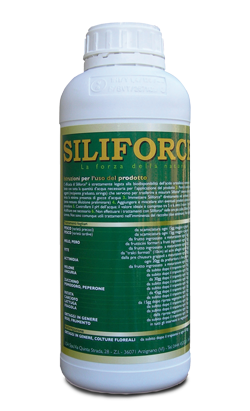








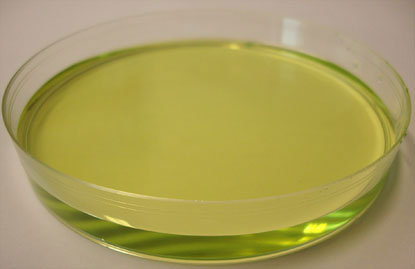


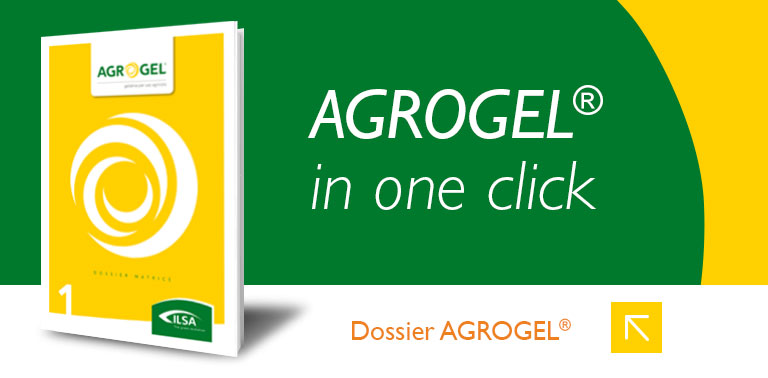
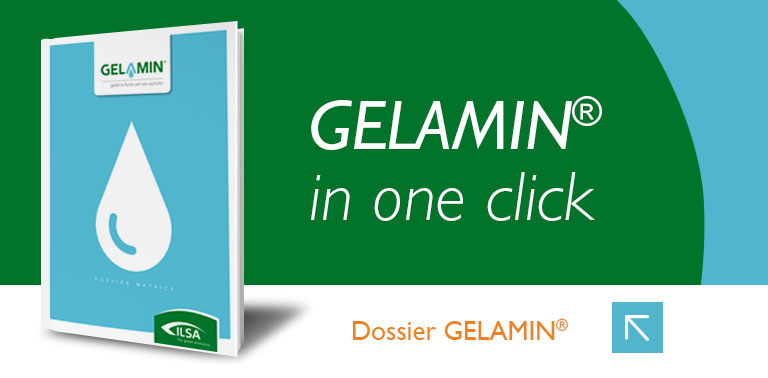
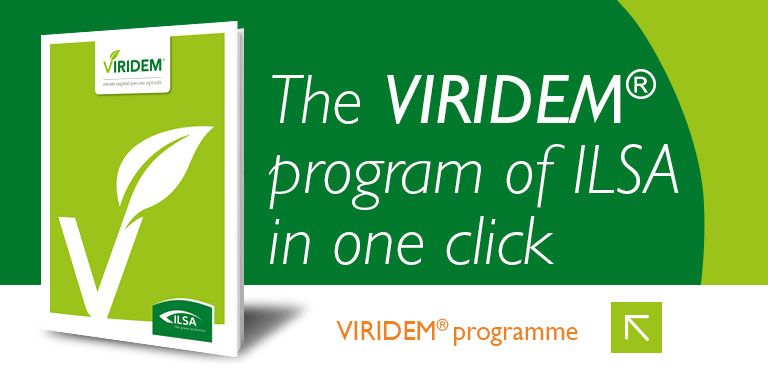
.png)



